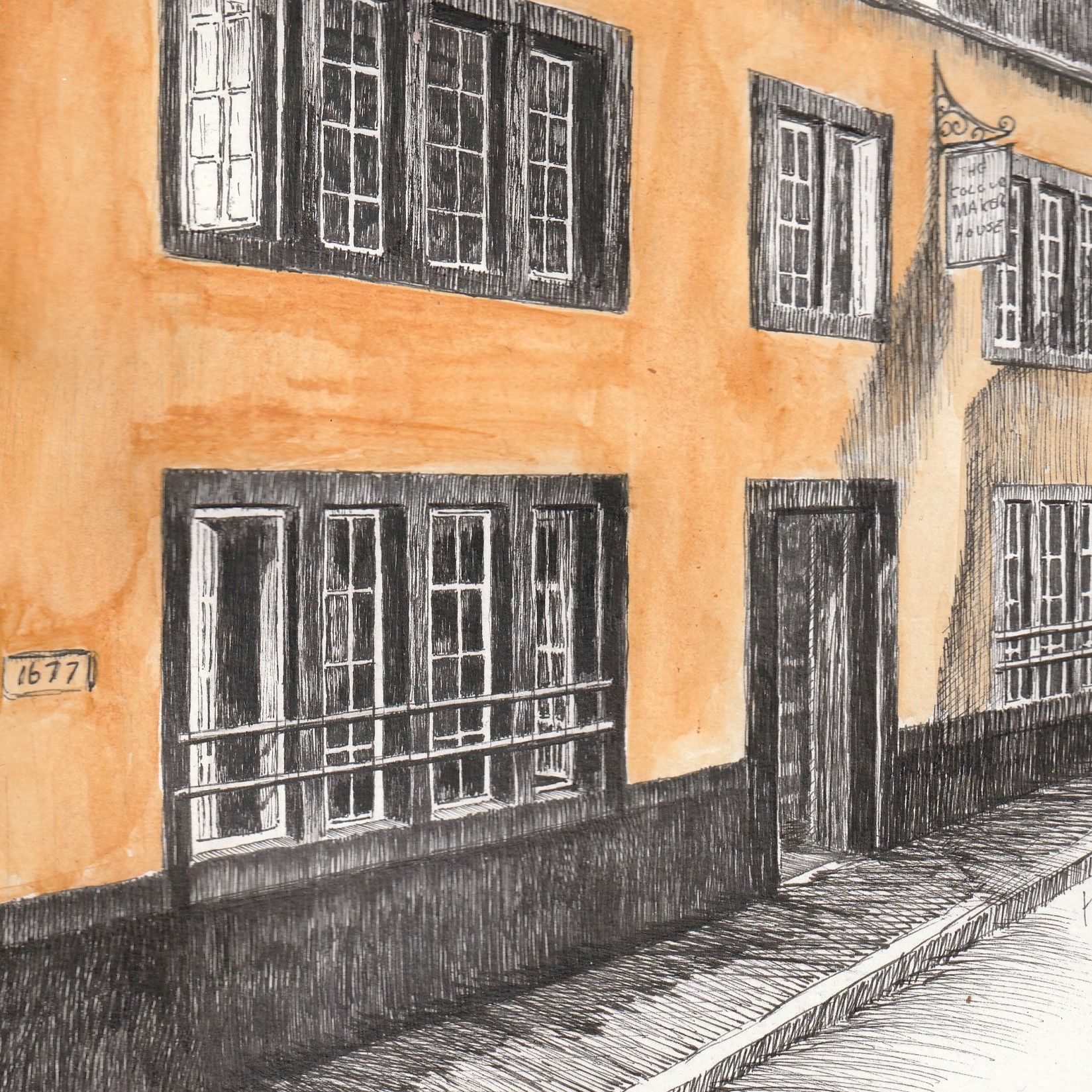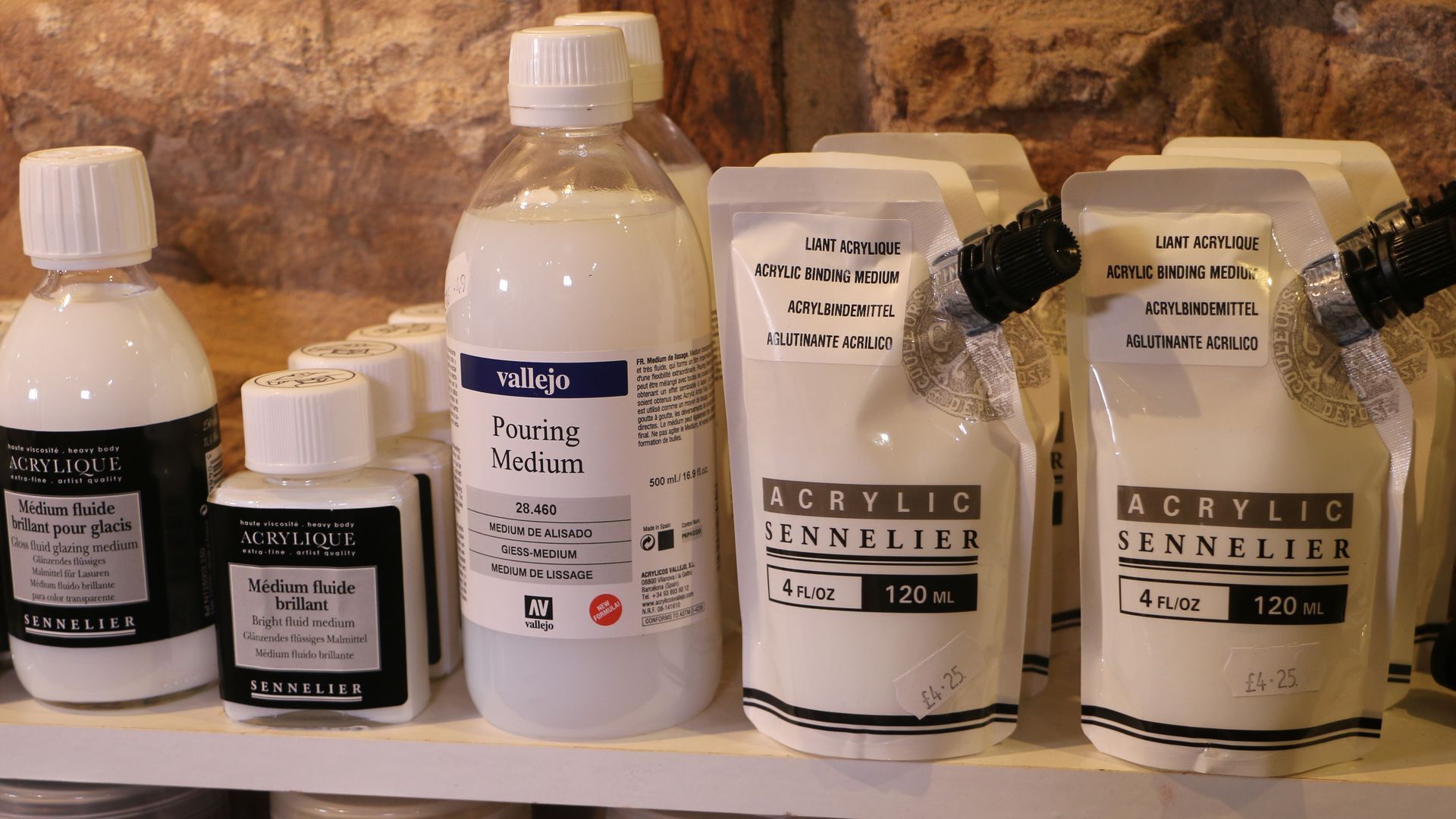
Alchemy at the Historic Colour Maker's House
on the edge of the Lake District - 017683 53530
Question:
I'm in the USA, and trying to find a good answer here is...useless.
I have several Sennelier pigments (gorgeous!) and I have the Acrylic binding medium.
To use as an acrylic paint, should I disperse the pigments in water, and the mix in the binding medium? I mostly do fluid art, so this is how I would be using these pigments, mostly. Thank you so much for your time.
- Kelly
Answer
Hi Kelly,
Thank you for your question regarding how to mix pigments with acrylic medium, especially the pouring medium.
Firstly let's look at understanding what paint is.
When artists talk about what medium they use, they don't really understand what paint is.
In simple terms, the thing that gives colour to paint is a strongly coloured powder that is insoluble and doesn't dissolve in a liquid.
Then you need something that sticks that powder to a surface; it doesn't matter whether you are painting a car, a wall or a fine art canvas. So the medium is simply a binder or glue.
Oil oxidises rather than dries; the surface will feel dry to the touch within 3 - 5 days, but depending on the pigment, it can take up to 6 mths to properly cure. This is why the general rule of thumb is that thick over thin is key; otherwise, there is a real chance that the paint will crack and flake if it is the other way around.
All the other mediums are water-based, meaning that once the water has dried, the binder sticks the colour to the surface.
However, Acrylic is slightly different. In fact, it is a plastic polymer that, as the water evaporates, forms a solid clear plastic.
If I wanted a solid colour, especially with finer pigments like Prussian Blue and the Phthatlo family, I would add water, making a watery paste. Then stir them into the pouring medium.
If I were looking for a random abstract technique, I would add the dry powder. This creates interesting effects of solid colour to almost nothing. I often use this effect in painting space pictures, even with opaque pigments like Titanium White or the Cadmium family. In more technical terms, you hold the colour powder in suspension as the polymer solidifies. As the light passes through the resin, some will reflect off the colour. Other light will bounce back from opposite directions, almost making the colour appear luminescent.
Well, Kelly, I hope the explanation helps you on your journey.
If you need other information, I will happily help you if I can. Let me know how you get on, and I would love to see some of your work.
Kindest regards,
Mark Hilsden






All Rights Reserved | Pure Pigments & The Colour Makers House